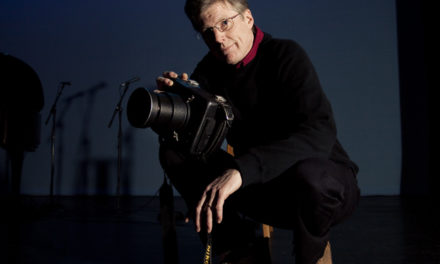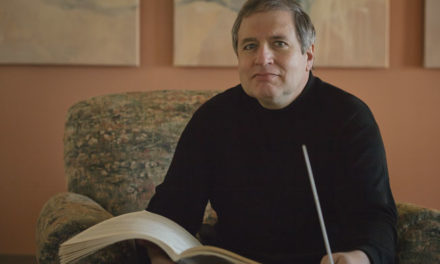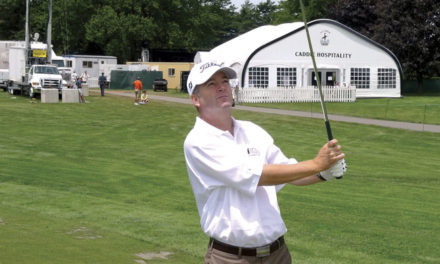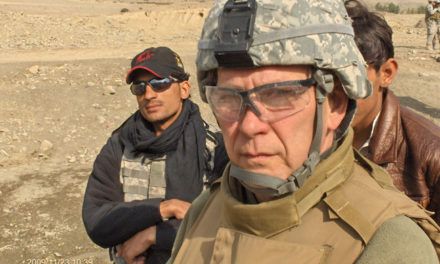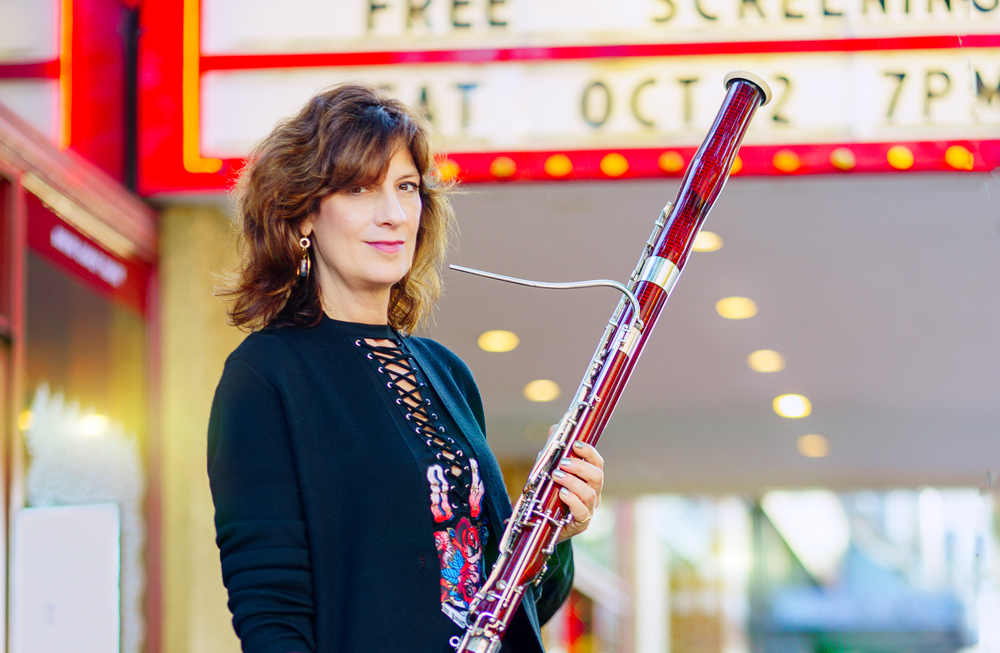
by JANET MANDELSTAM
When she joined the school band in her hometown of Saskatoon, Saskatchewan, Canada, 11-year-old Kathleen McLean wasn’t really interested in playing the bassoon. Her first choice was the trumpet. But she was assigned the tall, thin woodwind and, she says, “Then I fell in love with the sound, so akin to the human voice.”
That chance assignment led to her acceptance at the Curtis Institute of Music in Philadelphia when she was just 17, and a professional career that included 17 years as associate principal bassoonist with the Toronto Symphony Orchestra. For 14 years she toured with the World Orchestra for Peace, led by noted conductor Valery Gergiev. In 2009, she joined the Indiana University Jacobs School of Music, where she is an associate professor of music.
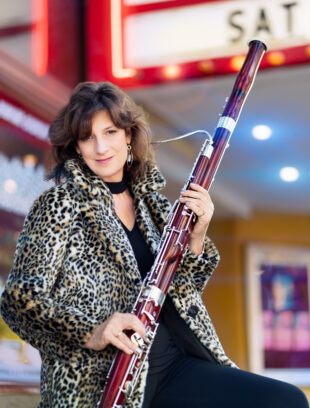
“I was drawn to the school,” she says. “I gave up my symphonic career for the opportunity to share my experience with students.”
But she hasn’t given up performing. With the Yamaha bassoon that was custom-designed and built for her, McLean appears frequently in chamber music ensembles and at festivals.
She notes that, with the exception of Vivaldi, who wrote 38 bassoon concertos, not many composers write for the instrument. “I’ve always been interested in commissioning work for the bassoon,” she says. McLean connected with Dutch composer Chiel Meijering, who has written 124 short concertos for her. Although she is trained as a classical musician, McLean and Meijering are bringing the bassoon into the pop world; the two have produced six electro-pop CDs.
“He composes the electronic music for this,” she says. “I record the bassoon parts in Indiana and mail the soundtrack back to him.” Their latest recording, Shimmy, Shimmy, is described as “a mixture of folk, rock, funk, and contemporary jazz.”
In 2018, McLean was named Department of Woodwinds chair at Jacobs, and she’s seen some changes in her decade at the school. Traditionally, bassoon players have been men. “Now half of the bassoon students are female,” she says.
McLean lives in Bloomington, and when she’s not teaching or performing, she can be found gardening, camping, or designing clothes with her teenage daughter. Like many woodwind players, she makes the reeds for her bassoon by hand using a form of cane that dates back to the ancient Greeks.


